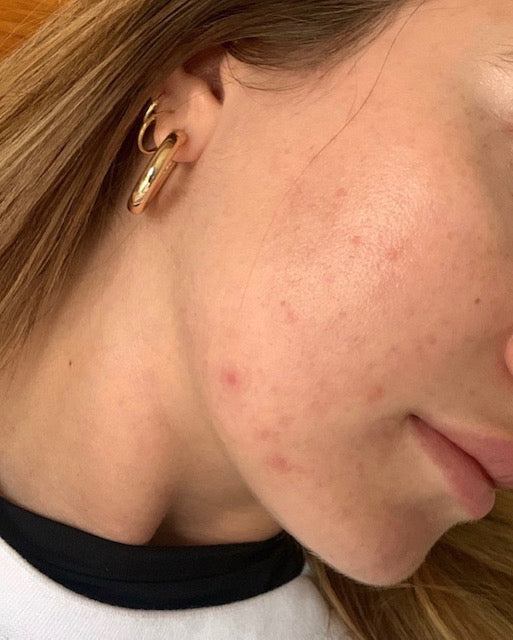
The Science Behind Hydrocolloid Patches: How Do Pimple Patches Work?
Share
How Do Pimple Patches Work?
Hydrocolloid patches have become a popular and effective treatment for both wound care and acne management. But how do pimple patches work? These thin, adhesive patches are designed to be applied directly to the skin. They offer a range of benefits that help promote healing and protect the affected area. Understanding how hydrocolloid patches work is key to appreciating their versatility and effectiveness.
What Are Hydrocolloid Patches?
Hydrocolloid patches are composed of gel-forming agents, such as pectin and gelatin. These agents are embedded in a flexible, waterproof outer layer. This combination allows the patch to adhere securely to the skin. It also creates a moist environment that is ideal for healing. The inner layer of the patch is designed to absorb excess fluid, sebum, and impurities. Meanwhile, the outer layer protects the wound or blemish from external irritants.
How Do Hydrocolloid Pimple Patches Work?
The effectiveness of hydrocolloid patches lies in their multi-faceted approach to healing. When applied to a wound or acne blemish, these patches begin to work by absorbing excess fluid and creating a protective barrier. Here’s a more detailed look at how hydrocolloid patches work:
1. Absorption of Excess Fluid:
One of the primary functions of hydrocolloid patches is to absorb excess fluid from wounds or acne blemishes. The gel-forming agents within the patch interact with the moisture on the skin, transforming into a soft, gel-like substance that absorbs exudate and sebum. This process not only helps to keep the area clean but also reduces the risk of bacterial growth, which can lead to infection or further inflammation.
2. Creation of a Moist Healing Environment:
Hydrocolloid patches work by creating a moist environment, which is crucial for effective wound healing. This moist environment promotes faster healing by encouraging cell migration and collagen production, both of which are essential for tissue regeneration. Additionally, the moisture helps to soften and remove dead skin cells, facilitating the natural exfoliation process and preventing the formation of scabs, which can lead to scarring.
3. Protection from External Contaminants:
Another important aspect of how hydrocolloid patches work is their ability to protect the wound or blemish from external contaminants. The outer layer of the patch acts as a barrier, shielding the affected area from bacteria, dirt, and other irritants that could exacerbate the condition. This protective feature is particularly beneficial for acne treatment, as it prevents the pimple from being exposed to environmental factors that could worsen inflammation.
4. Absorption of Impurities:
Hydrocolloid patches are especially effective in treating acne because they can absorb impurities from the skin. When applied to a pimple, the patch draws out sebum, pus, and other debris from clogged pores, which helps to reduce the size and redness of the blemish. By targeting the root cause of acne—clogged pores—these patches work to diminish the appearance of pimples and accelerate the healing process.
5. Prevention of Picking and Popping:
One of the common challenges in managing acne is resisting the urge to pick or pop pimples, which can lead to scarring and further infection. Hydrocolloid patches provide a physical barrier that discourages touching or squeezing the pimple. The adhesive nature of the patch makes it difficult to remove without intention, helping to break the habit of picking at the skin and allowing the blemish to heal naturally.
6. Reduction of Inflammation and Redness:
In addition to their healing properties, hydrocolloid patches also work to reduce inflammation and redness associated with acne. By absorbing excess fluid and toxins, the patches help to calm the surrounding skin and promote a more even complexion. This anti-inflammatory effect makes hydrocolloid patches a valuable tool for managing acne flare-ups and maintaining overall skin health.
